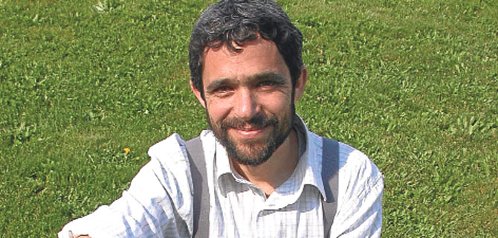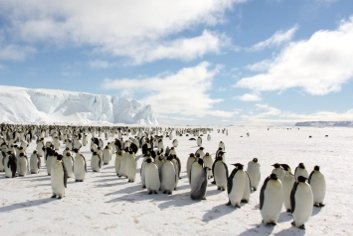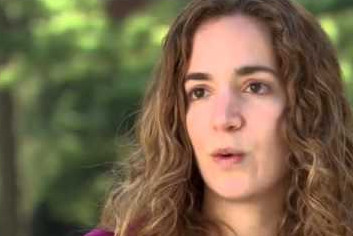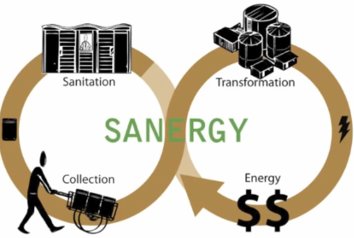In 2011, we used 135% of the resources that the earth can generate in a year. By 2025, 2/3 of the world’s population will live in water-stressed countries, and by 2030, the world energy demand will rise by 50%, two-thirds of this demand coming from developing countries. Despite these statistics, over the last decade the average US house has grown, per capita energy and water consumption has increased, and atmospheric carbon levels have risen significantly. In 2006,Jason McLennan launched the Living Building Challenge (LBC) to set up incentives for deep change and enable the building industry to re-imagine its role in society. Unlike green building practices, which focus on reducing negative impacts of building, he wants to create living buildings: structures that are self-sustaining and contribute to virtuous natural cycles. Recently, he has expanded his focus from individual buildings to communities. In each location, the challenges are different. For example, in some places, having stable water consumption (with a net-zero goal) may be more appropriate across a neighborhood rather than an individual house. The principles he sets are relevant far beyond buildings and apply to anything that is built, from furniture and bridges to parks and roads. Buildings or neighborhoods should be conceived as a whole to maximize efficiency. Considerations of beauty, nature, and social equity are central to McLennan’s approach to maximize participation, enthusiasm, and aesthetics. 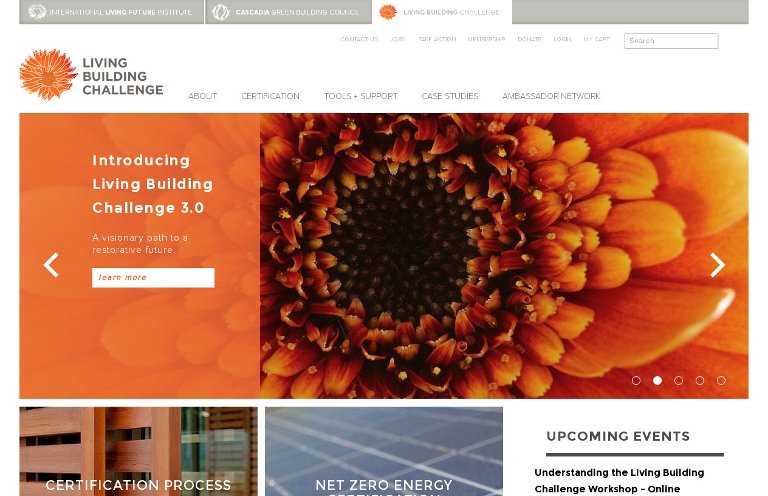 Website: http://living-future.org/lbc On New Zealand’s first living building
Website: http://living-future.org/lbc On New Zealand’s first living building
Is yours a living building?
![]()
STAY IN TOUCH
SUBSCRIBE TO OUR NEWSLETTER
AND RECEIVE OUR LATEST STORIES
OLBIOS NETWORK FOR ACTION

